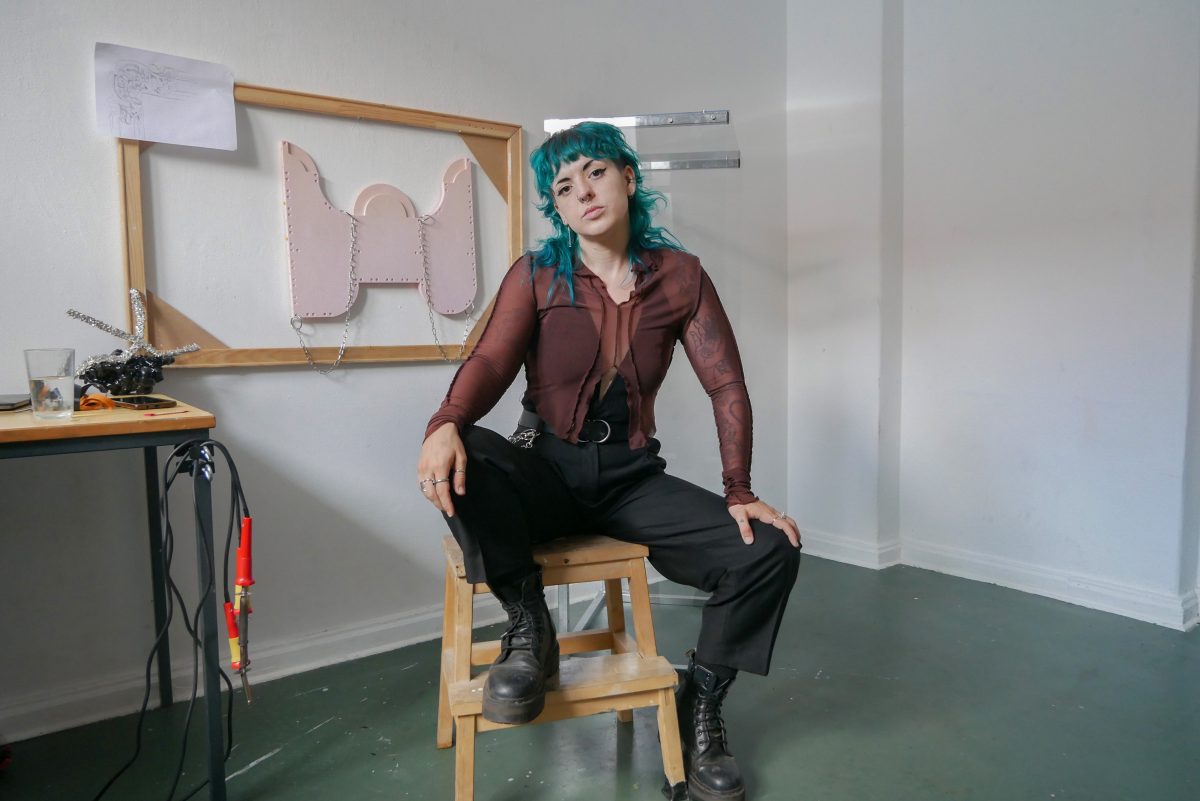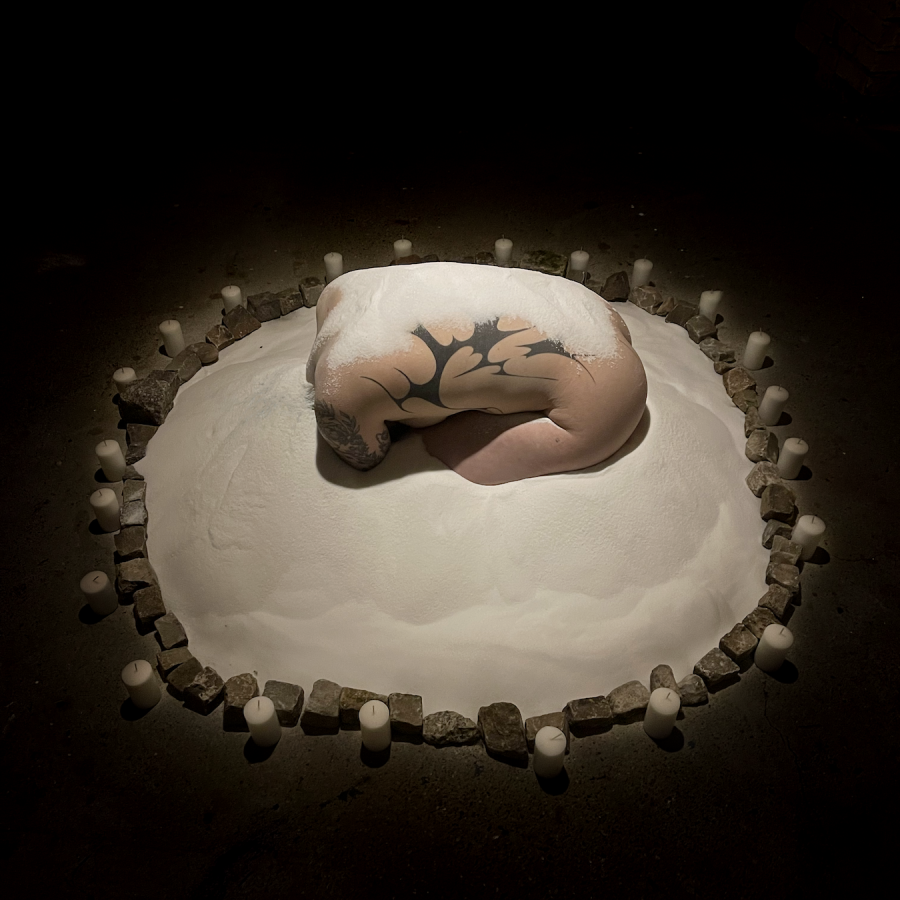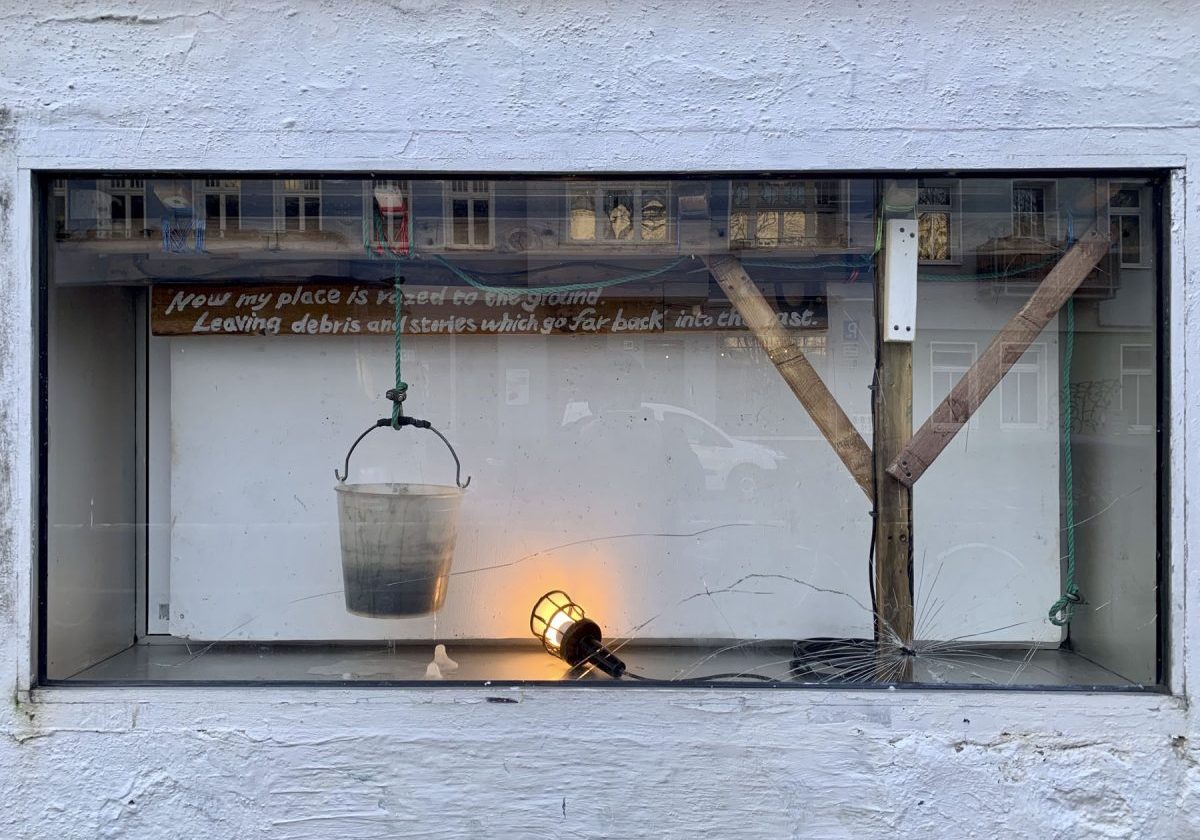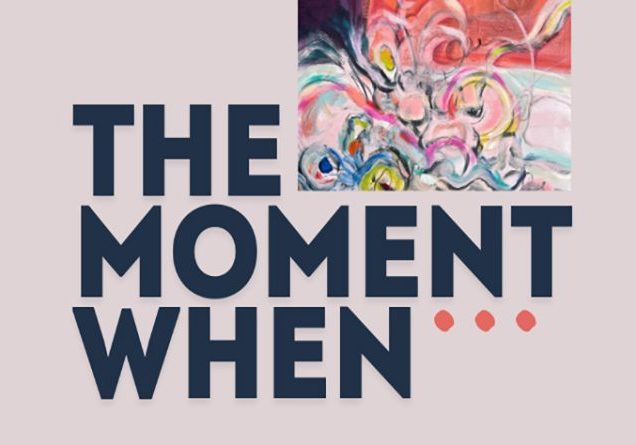Meet the Artist // Getsay
Getsay is a Queer and non-binary Conceptual Artist, Activist, and Curator, navigates the complex realms of body, identity, and reality through diverse mediums such as performance, installation, sculpture, and visual representation.With a deep connection to personal experience, cultivated ideas, and research, Getsay’s art explores the intricacies of the human condition.
Can you give us an introduction about yourself and about your practice?
I’m Getsay. I’m an artist, curator, and activist. People normally associate me with my conceptual or performance work. After receiving my Master of Fine Arts degree in America, I moved to Berlin less than four months ago to fully devote myself to my art career. My practice is based on my ethnographic journey as a non-binary queer person growing up in the American South. Much of my work addresses being queer, non-binary, and trans, feeling unsafe in many areas of America, and now, more recently, discovering areas here in Berlin. It also explores the complexities of wanting to be seen and thriving as a queer person versus merely surviving as a queer person.

Tell us about your experience about endurance performances, what draws you towards them?
Over the years, my endurance work has really taken off. I’ve been doing endurance work for about four years now, performance for around eight years, and I’ve been an artist my whole life. When I first started doing performance, I realised I was very drawn to using my body as the piece, devoting all of myself to the work. Most of the work I create is rooted in issues that directly affect me or my community. When I’m in these spaces or doing this work, I’m not only doing it for myself, but also for my younger self and for other queer, non-binary, or marginalised folks who don’t have a voice.
What are some of your favourite artists or artists who have inspired you throughout the beginning of your journey?
It started with Hannah Wilke, because that’s who you’re exposed to in school regarding feminist work. I hadn’t delved into intersectional feminist work yet, so that’s where my head was. Then it was Tracy Rose, and, weirdly enough, Caravaggio. I was obsessed with him—maybe that’s the little black heart of mine. Now I’m more and more invested in the work of Cassils, a trans endurance artist from Canada, and Carlos Martiel, who’s doing some incredibly inspiring work. But I also have to mention the theorists and authors who inspire me. Some of them are Bell Hooks, Maggie Nelson, and Paul B. Preciado.
What is your relationship with the art world and the art market? What do you think about it?
What do I think about it? Or what’s my relationship with it? Non-existent, or it’s adjacent. I’m doing my thing parallel to them. I’m doing my thing while they’re doing theirs. In the sense that, yes, I present a lot of work and have shows every so often, but that’s because I’m doing it. I’m funding it. I’m supporting myself. I’m literally scraping pennies to get this work out there. Not a lot of people, especially in America, believe in performance art or believe in non-binary or trans people in art spaces, specifically white gallery art spaces. What I really, really think about it is that capitalism will always and forever win, especially if we’re not willing to make changes.
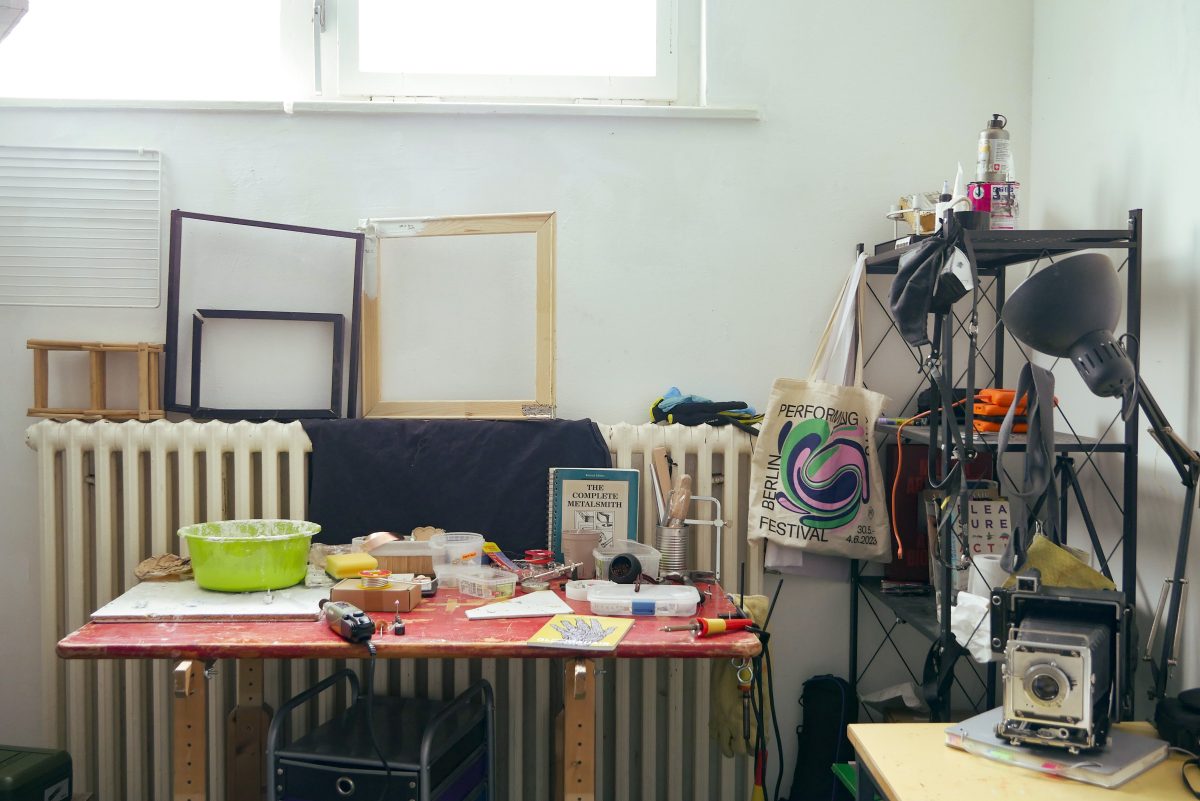

You were an online resident at GlogauAIR previously, how is it being on-site and living with other artists?
I like it. It does feel like it’s our own house up here. Online, I learned a lot of technical things that I needed to figure out within my practice. It really prepared me to write grants and craft emails—all the things that are really necessary to be a working artist. It worked within the time I could devote at the moment. However, there’s nothing like living in a house with artists, especially artists who are super motivated, intrigued, and fully invested in the same capacity that you are. I feel like it transforms my growth in a way and includes the element of being able to collaborate. Kate and a few others have already talked about working together while we’re here, and also after the residency as well.
You have been in Berlin for some time, how is it influencing your practice?
Basically, I’m able to do all the work that I was not able to do in the U.S., the work that curators, galleries, and other spaces were just too scared of. In my four months here, I’ve already had two group shows and two performances. One was a three-day performance, which is insane considering what I was doing before. This was made possible by the willingness and support from other people. It’s really skyrocketed my career. I’ve had so much more support than I could have imagined.
So you’re planning to stay here in Berlin?
Forever. Forever, ever. Until they kick me out, yes. But really, I see myself living here for at least three years. If something doesn’t present itself to me, I’m also super down to go anywhere that wants my work or where I feel my work it’s needed. That probably means at some point I’ll do another show in America, but we’ll see what happens.
What plans do you have after the residency?
I don’t have any. Nothing specific. However, I’m interested in starting a performance event or program of some sort. The whole reason I came to Berlin was actually because of the performance art festival that used to happen every summer. Now it’s been recently cancelled. I’m interested in creating events that revolve specifically around performance art, such as solo performance, endurance, and body work. I will also be continuing my research on where the mind goes within the unconscious and performance art spaces. When you tap into that performance, what happens to the mind? I’ll be interviewing a bunch of performance artists and hopefully applying this research to my dissertation.
